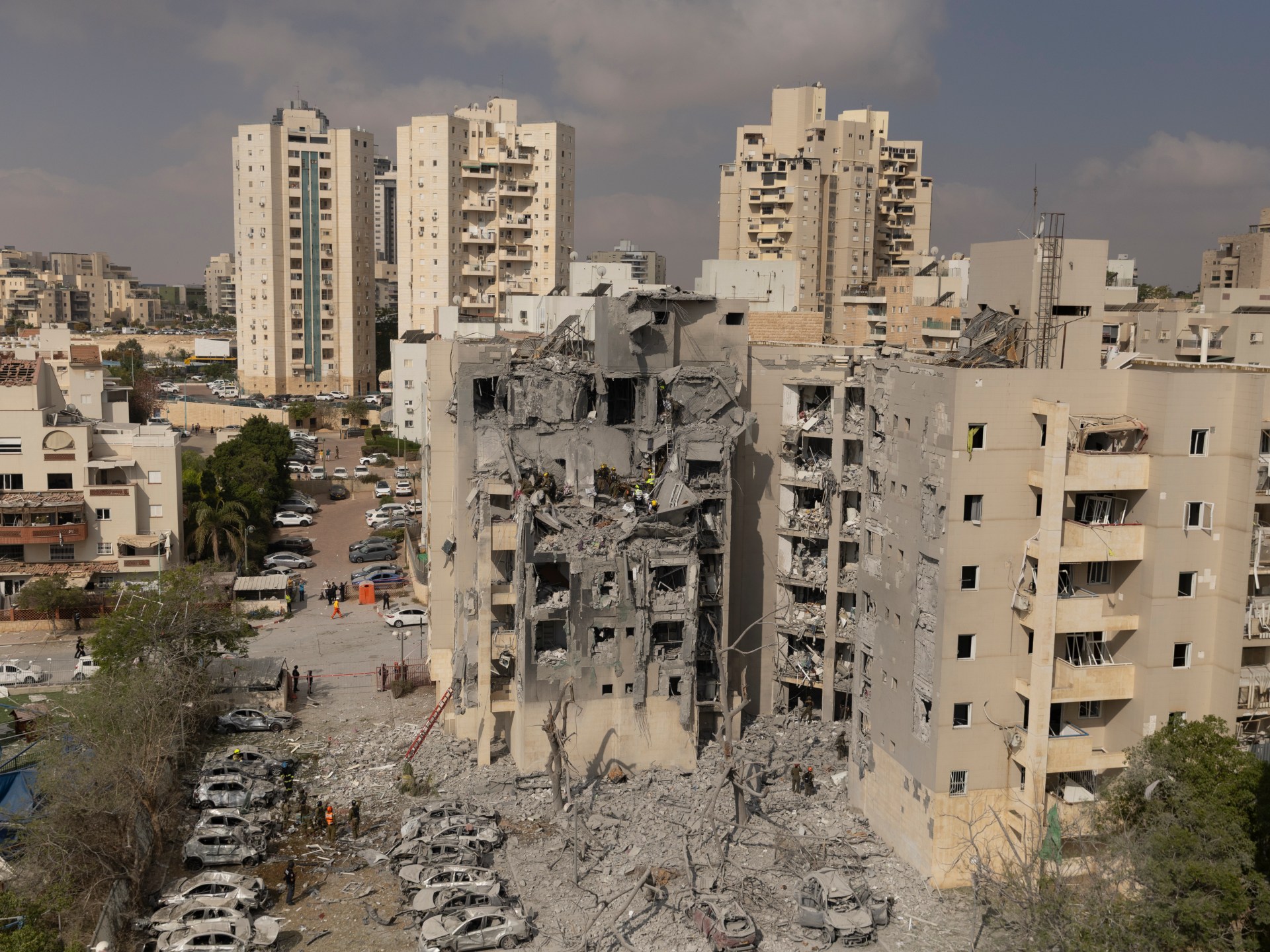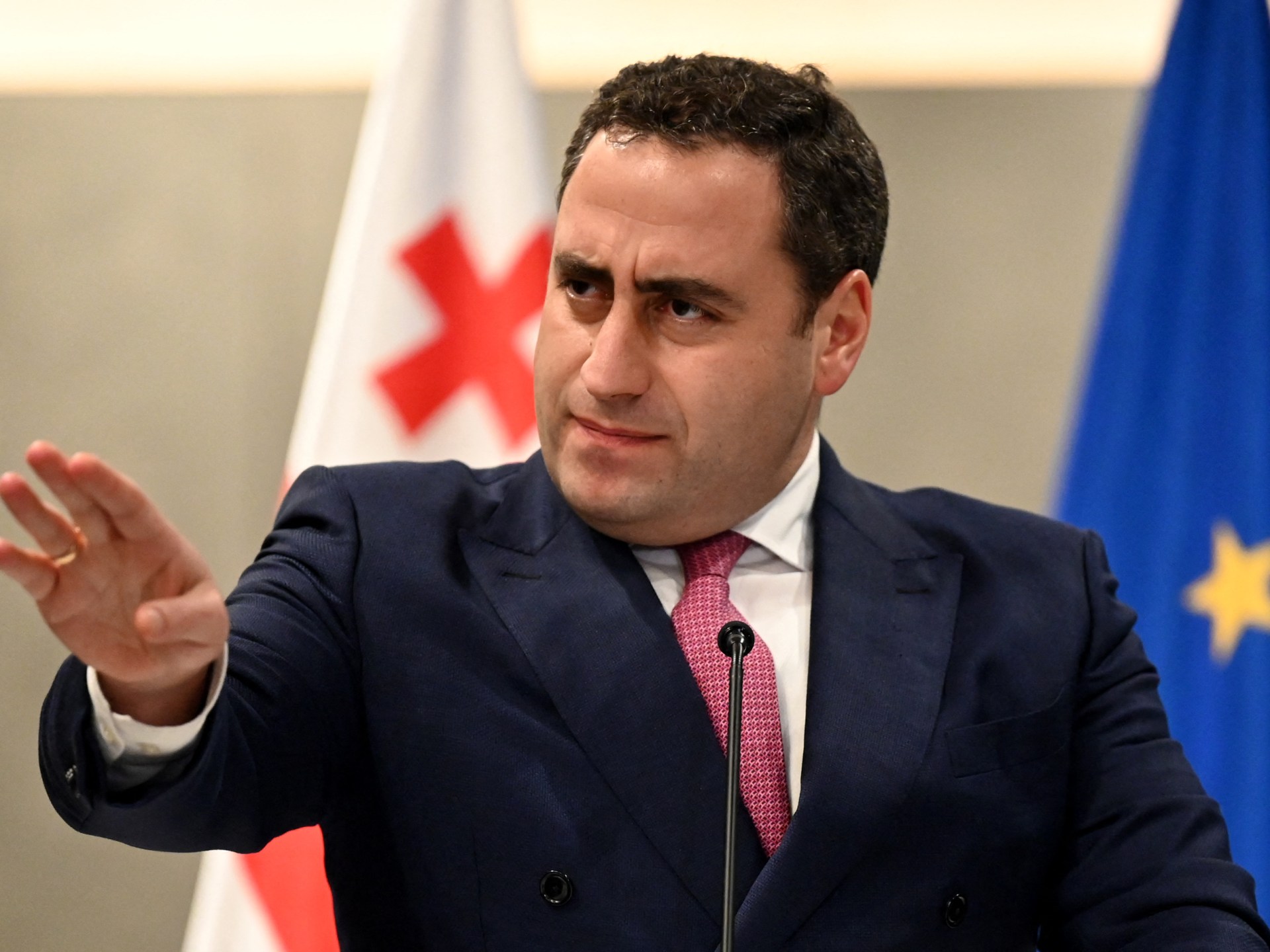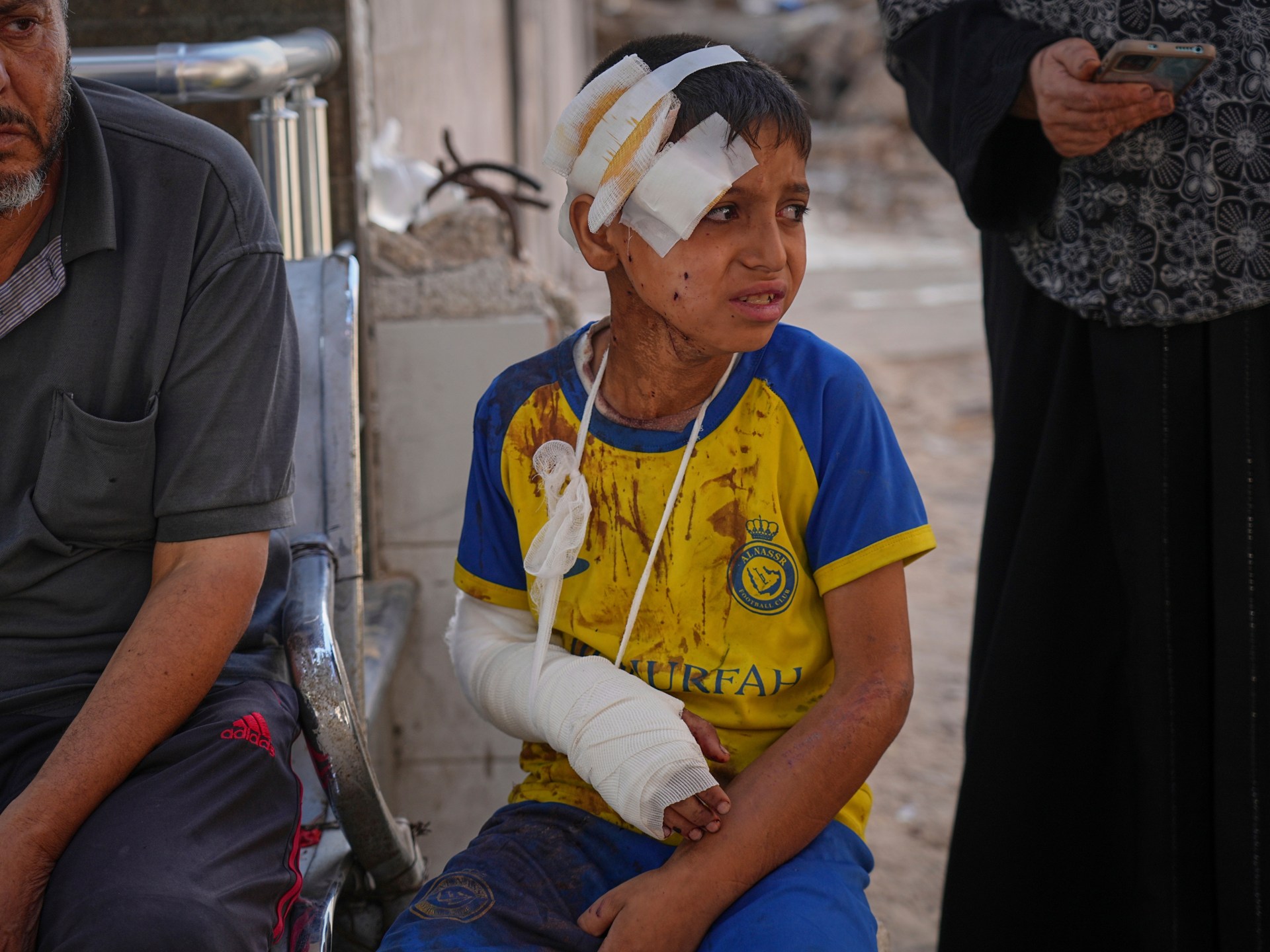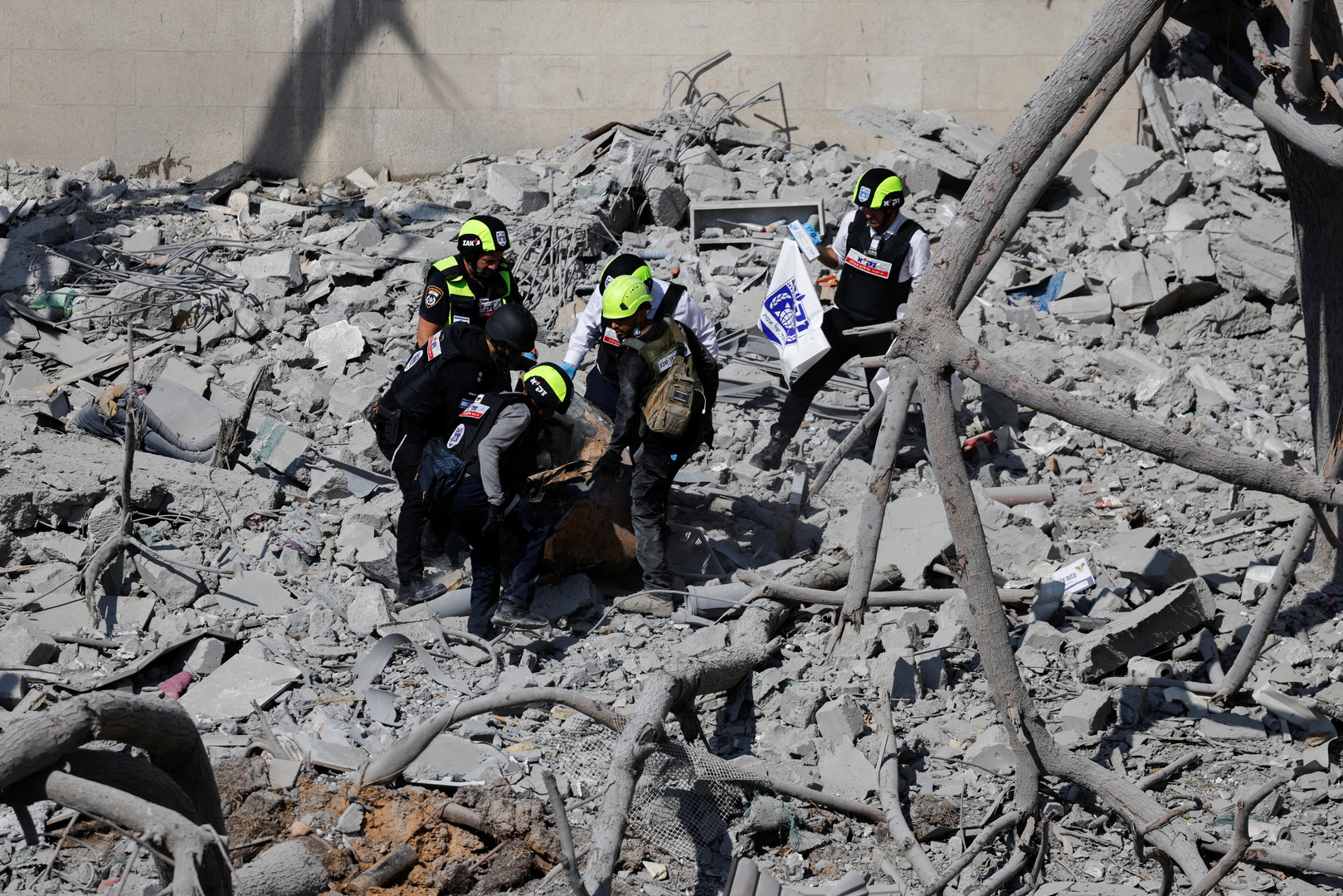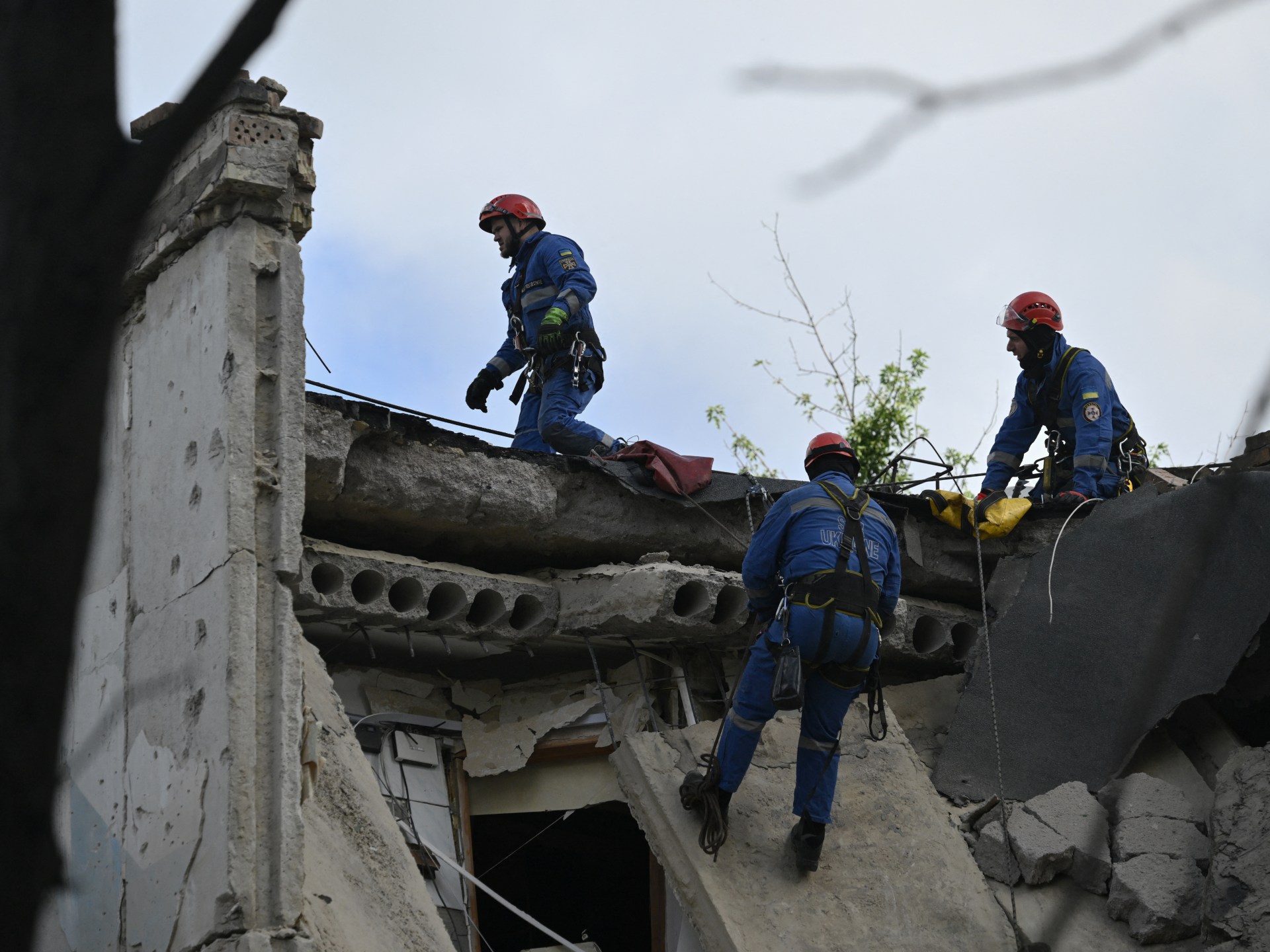The world is appreciative of the ceasefire reached by Israel and Iran, but it is still concerned about how fragile the situation is.
Despite reports that Israel and Iran had reached a deal early on Tuesday to implement the overnight, phased ceasefire plan, which President Trump announced, both sides threatened immediate retaliation if one side violated the deal, and tensions continue to be high.
Defense Minister Israel Katz announced a ceasefire violation shortly after Israel signaled its intention, and he claimed he had ordered the military to strike Tehran.
Trump then instructed Israel to “don’t drop those bombs” in a social media post!
These events have only added to the confusion caused by the ceasefire’s complicated schedule.
Iran has already stated that it intends to return to normal with its nuclear program right away.
Israel claimed that intelligence reports that Tehran was close to developing nuclear weapons spurred its first strikes on Iran on June 13. On Saturday, the US attacked Iran’s nuclear facilities, and it said something similar.
In light of these uncertainties, the world has been optimistic but cautious because the truce is still fragile, and voices are raising that a ceasefire be be called for once more to put an end to the conflict in Gaza.
Iran
The Supreme National Security Council, Iran’s top security body, claimed Israel had been forced to “unilaterally accept defeat and accept a ceasefire.”
Tehran’s forces “keep their hands on the trigger” in response to “any act of aggression by the enemy,” the statement read.
Israel
Israeli Prime Minister Benjamin Netanyahu claimed that Israel had accomplished the objectives it had set when it launched its surprise attack on Iran on June 13 to annihilate its missile and nuclear arsenal.
Israel has accepted President Trump’s request for a bilateral ceasefire, he said, “in light of the achievement of the objectives of the operation and in full coordination with him.”
Netanyahu continued, “Israel thanks President Trump and the United States for their support in defense and their participation in eradicating the Iranian nuclear threat.”
Yair Lapid, the leader of Israel’s opposition, stated on X that a ceasefire is also necessary right now in Gaza.
“There should close things there as well at this.” To end the conflict and free the hostages. He argued that Israel needs to begin rebuilding.
United States
Trump’s ceasefire efforts have divided US politicians.
“President Trump did it all, utterly unthinkable.” Donald J. Trump was the only thing that the American people had to win, making the world a safer place. “CEASEFIRE” Nancy Mace, a Republican representative from South Carolina, added X.
“I believe the president really hit the reset button and said, Look, let’s actually bring about long-term peace in the region. According to US Vice President JD Vance, that’s always been his intention.
The president of the United States, according to Democratic representative Alexandria Ocasio-Cortez, admitted that he had unilaterally declared war on the continent without the consent of Congress. It is prohibited. She claimed that it is unconstitutional.
“And for me, while the president is posting something about a ceasefire, I believe what he also posted was an official declaration that this was war,” he continued. And I believe it needs to be taken very seriously into account.”
Qatar
Emir Sheikh Tamim bin Hamad Al Thani claimed that his nation contacted Iran to assist with the mediating of the ceasefire at the US’s request.
Qatar “welcomes” the ceasefire, he said, but it’s concerned about alleged violations.
We hope that the ceasefire will last and that diplomacy will prevail, he said, adding that the violations of the ceasefire that we witnessed this morning are unacceptable.
Al Thani added that Qatar and Egypt have been facilitating ceasefire talks between Israel and Hamas in “the next two days” with Qatar and Egypt.
He added, “We hope that Israel doesn’t use the Iran ceasefire to continue attacking Gaza.”
Egypt
The Egyptian government’s ministry of foreign affairs welcomed the truce, saying it “could represent a turning point in ending the military conflict between the two countries and restoring calm to the region.”
Lebanon
Nawaf Abdallah Salim Salam, the prime minister of Lebanon, expressed his gratitude for “manuevering to prevent being dragged into the Israel-Iran war.”
Jordan
Jordan applauded the ceasefire and emphasized how significant it is in reducing regional tensions.
The Jordanian Ministry of Foreign Affairs spokeswoman Sufyan Qudah, who emphasized the need to keep the ceasefire agreement safe from further deterioration.
He also demanded that Gaza’s current ceasefire be reached.
Saudi Arabia
Saudi Arabia welcomed Trump’s announcement that the parties had reached a cease-fire agreement, according to the statement.
Russia
Moscow hoped “that this will be a sustainable ceasefire,” according to Kremlin spokesman Dmitry Peskov, who stated that “if a ceasefire has indeed been achieved, this can only be welcomed.”
China
China has stated that it is willing to work with the international community to keep Middle East peace and stability and does not want tensions to escalate.
Beijing is urging all parties involved to reach a political settlement at a timely time, according to a spokesperson for the Ministry of Foreign Affairs, who spoke to a regular press conference.
European Union
Ursula von der Leyen, president of the European Commission, stated that the bloc “welcomes” the announcement. It represents a significant step in the direction of restoring peace in a conflict-stricken area. She urged Iran to “engage seriously in a credible diplomatic process” and said that this must be our collective top priority.
France
The Ministry for Europe and Foreign Affairs issued a statement urging Iran to immediately engage in negotiations that will lead to an agreement that addresses all issues involving its nuclear and ballistic programs and destabilizing activities.
Germany
Chancellor Friedrich Merz urged Iran and Israel to “heed” the call while “giving thanks” to Qatar and other countries in the region for their “prudence” during the “dramatic” past days.
“It would be a very positive development if this ceasefire were to occur following the US’s decisive military strikes against Iran’s nuclear facilities. According to Merz, it will make the Middle East and the entire world safer.
Airspace
After the conflict ended, airspace across the Middle East resumed, including those in Qatar, Iraq, Oman, the United Arab Emirates, and Syria.
Now that backlogs are available, airlines must deal with them.
Oman Air reported that its flight schedules were reinstated as a result of last night’s cancellations due to regional tensions.
The immediate priority is getting those passengers’ significant backlogs cleared and flying them to their destination, according to a Virgin Australia spokesperson. There are currently more than 25 000 impacted passengers in Doha.
Markets
As Trump announced the ceasefire, oil prices increased by 3 percent, global stock prices increased, and the dollar increased.
The dollar dropped 0.77 percent to 145.0% overnight as a result of the ceasefire’s announcement. The euro rose 0.2 percent to $1.1602.
